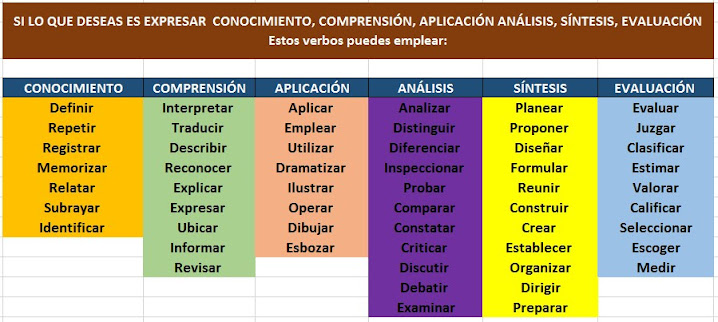Welcome to the world’s mega bird park
From the colourful toucan to the majestic harpy eagle, the South American tropics rank as one of the world's most diverse areas for birds. About 3,800 species are found there – over 1,300 in the Amazon, 28 of which are endemic to the region1.
There is considerable variety in the geographic range from one species to another. While the harpy eagle ranges from southern Central America to the Amazon, some toucan species may be found only in relatively restricted areas.
At one site in the Peruvian Amazon, about 575 bird species have been identified within a mere 5,500-hectare section of the rainforest. By comparison, 700 bird species are found in the whole of North America.
From November to March, some birds migrate from North America to the Central American and South American tropics. Others are found exclusively in the Amazon rainforest.
Most birds live in the dense undercover of forest, looking for insects from the rainforest floor to the canopy. Others prefer flying insects, or fruit and flowers while some, such as the harpy eagle, capture other mammals and reptiles and birds.
There is considerable variety in the geographic range from one species to another. While the harpy eagle ranges from southern Central America to the Amazon, some toucan species may be found only in relatively restricted areas.
At one site in the Peruvian Amazon, about 575 bird species have been identified within a mere 5,500-hectare section of the rainforest. By comparison, 700 bird species are found in the whole of North America.
From November to March, some birds migrate from North America to the Central American and South American tropics. Others are found exclusively in the Amazon rainforest.
Most birds live in the dense undercover of forest, looking for insects from the rainforest floor to the canopy. Others prefer flying insects, or fruit and flowers while some, such as the harpy eagle, capture other mammals and reptiles and birds.
Harpy eagle (Harpia harpyja)2Undoubtedly one of the most majestic Amazon birds, the harpy eagle is over a metre tall, and has a wingspan of 2 m. Its legs and feet are extraordinarily thick and powerful, while the head has a tall, blackish-grey crest of feathers. Females are about a third larger than males.
There is almost no prey too large for the harpy eagle, which feeds on monkeys (less than one-third of its diet), sloths (more than one-third of its diet) and birds.
Harpy eagles spend considerable amounts of time perched and listening. Having identified a prey, they glide toward it with claws extended and grab the victim as they swoop. Because of their larger size, females attack larger prey than males.
Although the species ranges from the rainforests of southern Central America to those of the Amazon, it is very difficult to find within this vast area. Deforestation is taking away their only habitat, and as a result, populations are declining. As the eagles are scattered over a wide area, it is impossible to obtain an accurate population estimate.
The harpy eagle is classified as Near Threatened by the IUCN Red List of Threatened Species3.
1Kricher, 1997
21999. "Harpia harpyja" (On-line). Animal Diversity Web. Accessed October 11, 2005 athttp://animaldiversity.ummz.umich.edu/site/accounts/information/
Harpia_harpyja.html.
3BirdLife International 2004. Harpia harpyja. In: IUCN 2004. 2004 IUCN Red List of Threatened Species. www.redlist.org
There is almost no prey too large for the harpy eagle, which feeds on monkeys (less than one-third of its diet), sloths (more than one-third of its diet) and birds.
Harpy eagles spend considerable amounts of time perched and listening. Having identified a prey, they glide toward it with claws extended and grab the victim as they swoop. Because of their larger size, females attack larger prey than males.
Although the species ranges from the rainforests of southern Central America to those of the Amazon, it is very difficult to find within this vast area. Deforestation is taking away their only habitat, and as a result, populations are declining. As the eagles are scattered over a wide area, it is impossible to obtain an accurate population estimate.
The harpy eagle is classified as Near Threatened by the IUCN Red List of Threatened Species3.
1Kricher, 1997
21999. "Harpia harpyja" (On-line). Animal Diversity Web. Accessed October 11, 2005 athttp://animaldiversity.ummz.umich.edu/site/accounts/information/
Harpia_harpyja.html.
3BirdLife International 2004. Harpia harpyja. In: IUCN 2004. 2004 IUCN Red List of Threatened Species. www.redlist.org
Article: (http://wwf.panda.org/)






Comentarios
Publicar un comentario